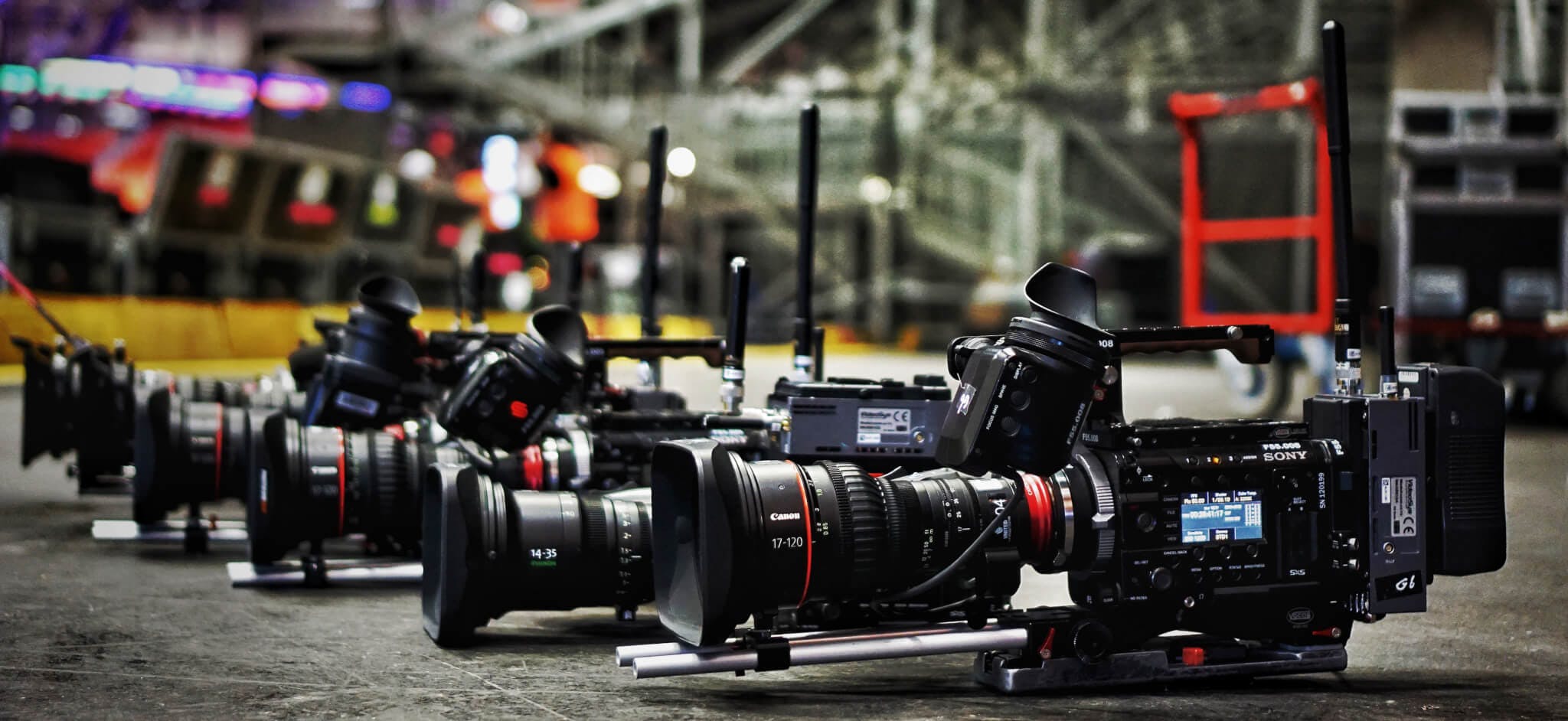UHD is setting the standard for television, yet it is not without challenges for broadcasters. Sports Video Group Europe editor Heather Mclean talked to Broadcast Rental CEO Geert-Paul Slee about how his company is making UHD a reality.
What’s your view on UHD, and how are you working with it to provide services to your clients?
UHD television is slowly becoming more and more the benchmark within the broadcast market. After its introduction many broadcasters were holding back in taking a step into the future, waiting for the industry to explore its possibilities. As high profiled productions like the FIFA World Cup have been produced in UHD and broadcasters are asked to produce in UHD, progress is being made, although it brings challenges along the way.
Broadcast Rental is delivering UHD wireless transmissions to several customers. Furthermore we can supply 4K EVS servers and UHD routers, which can be added to the set up. Having a 4K/UHD ENG camera is a nice add-on to complete the chain. Within time, in our estimation by 2020, UHD will be the new standard.
What are the challenges in providing wireless UHD solutions for live sports events?
One of the challenges which comes with providing UHD services is integrating the new UHD equipment into an existing set up. Adjustments need to be made to our wireless set up which also has to be able to function within the current HD environment.
UHD wireless transmissions require smart thinking. We have managed to use the same infrastructure on the receiving site so that we can run HD/SDI and UHD at the same time. It is as flexible as possible.
It is key to have a flexible workflow in UHD. As UHD feeds have a higher resolution they need a two times wider transmission bandwidth in comparison to HD/SDI transmission. As the sky is occupied with several frequencies, having a wider transmission bandwidth is more difficult to fit into the frequency landscape. To make it easier, for UHD you need two frequencies instead of one.
What are you doing in the area of HDR at the moment, what are the challenges, and how do you see this area evolving?
Working with and adapting to HDR influences within the wireless spectrum is a natural process, which will take time to adapt to. In fact if you can do UHD, you can do HDR as well; it is all 12G. We are using the pay off ‘linking professionals,’ that means that we are having companies that walk beside us, giving us the opportunity to discuss current issues and look for a suitable approach. We are able to help them with testing and share good ideas.
What are you doing in the area of 4G and how are you using it today?
Broadcast Rental has been delivering 4G bonding systems for a couple of years now to several national and international customers. Live news, stand ups or coverage of soccer matches on remote locations are being done on a regular basis with our equipment. Creating a WiFi hotspot on a remote location is also possible. Using native SIM cards from telco companies worked out well, especially as the coverage of the network was and still is improving by the day.
As the deployment of bonding transmission equipment increased rapidly last year, especially at big events, expectations regarding sustainability and quality increased as well. Working within crowded area’s narrows down the available network and bandwidth. All together enough reason for Broadcast Rental to step into exploring the available possibilities, such as creating our own multi IMSI BCR SIM cards which can operate all over the world, which was one of our main goals to achieve. As we speak we are now globally testing these SIM cards. This is been done by our Formula 1 crew. They are travelling all over the world to provide unilateral RF services. In the mean time we are live with our own BCR SIM cards in Europe and we are more than happy with the results and feedbacks from our clients.
How will 5G play out in your arena?
As the 5G spectrum is closing in, more and more business will shift to the demand of delivering systems within this range. BCR SIM cards do have state of the art technology inside and are 100% ready for 5G networks. It is up to the manufactures and the telco’s to deliver the 5G modems and infrastructure.
What do you see as the next step in RF technology overall, and how will this affect or be of use in sports broadcast?
The demand for RF systems will continue the coming years although bonding systems are giving customers an alternative. Reliability and quality will be a key factor in deciding which system to use. Both are available within our product range and developments are made to work in a combined set up. Working in a diverse set up with both systems will be one off the main goals to achieve in the near future. Having the knowledge and experience on our side will result in a product and service, which will fit the industry.
This article has been copied from the original publication on the SVG Europe Website.

